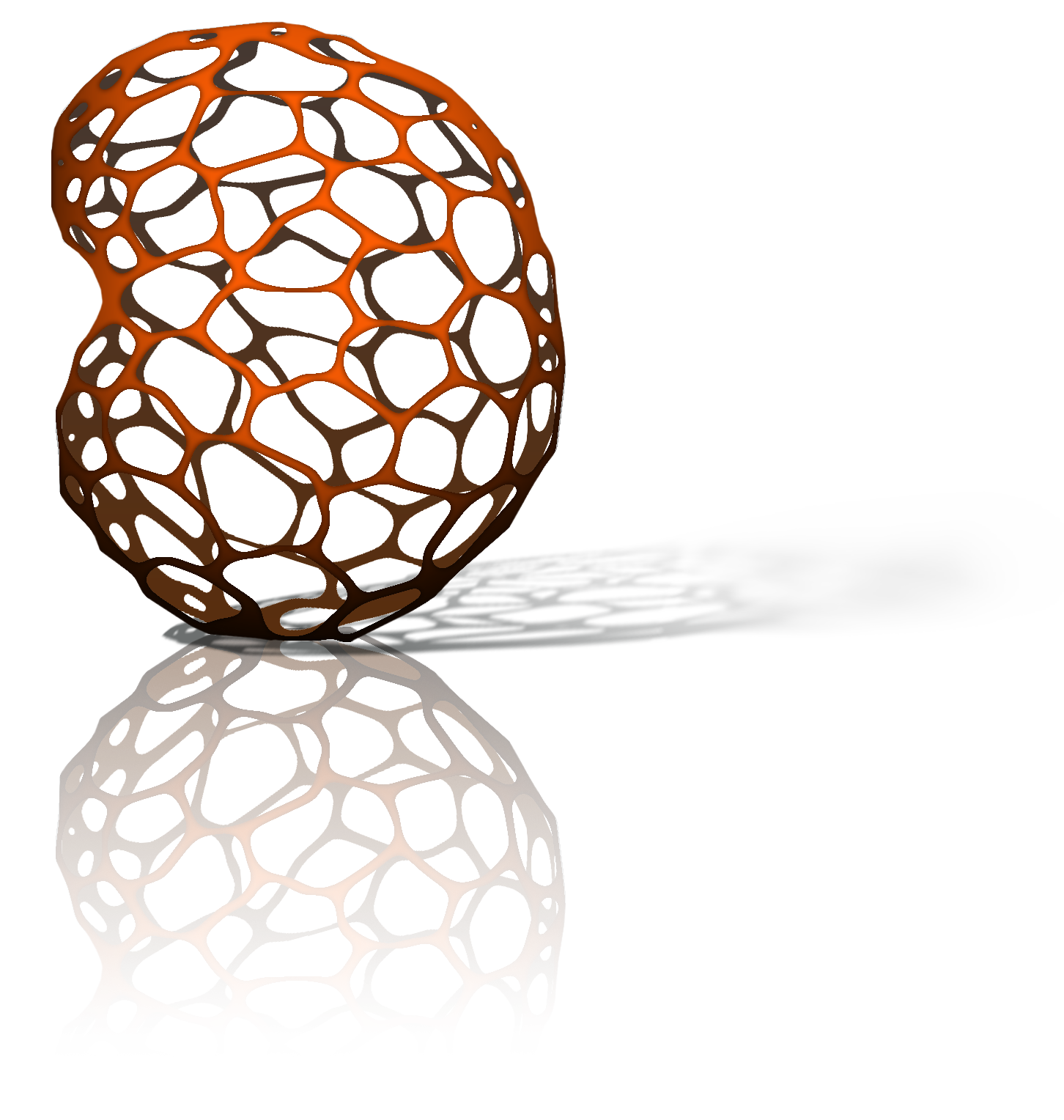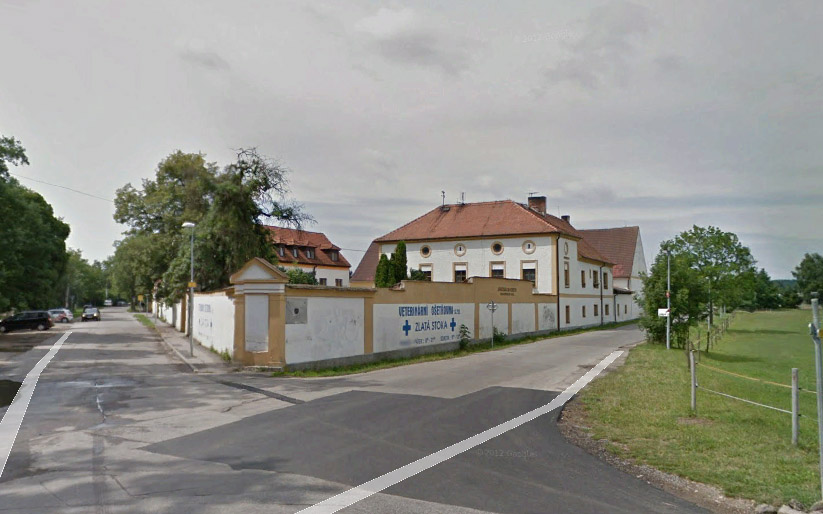PAPAVER Centre for human and plant studies in Europe and Northern Africa
in the postglacial period
OBJECTIVES, ACTIVITIES, AND THE PROJECT ORGANIZATION STRUCTURE
The aim of the PAPAVER centre project is to develop ties within the interdisciplinary team consisting of paleoecologists, archaeologists, and vegetation ecologists in order to create an effective space for the study of climatic, cultural as well as landscape changes in vegetation and crops along a gradient from Northern Africa across Central Europe up to the coldest areas of the north. The purpose of the project is to connect and coordinate key experts of international repute and thus provide the South Bohemian team the dynamics and impulses for the development of top quality research by means of the internships, lectures, workshops, conferences, as well as by everyday communication tools. The project will create a suitable environment for young researchers and PhD students by including them in the clearly defined structures of ongoing research on attractive topics. The team activity is based on three panels of fields of environmental archaeology, paleoecology, and vegetation ecology. The aim of the activity is to coordinate with each other and create a team producing synergistic outcomes. A further aim of the project is to stabilize and extend an operational range of the research group, which will connect archaeological directions in landscape development research with the latest trends in botany. A research centre bears the name of a genus of poppies (Papaver), whose representatives are distributed from the coldest areas on Svalbard to the warmest Northern Africa, thus, representing the region targeted by the project research interests.

Project outcomes:
- strengthening and development of the existing team of the Laboratory of Archaeobotany and Paleoecology (LAPE)
- strengthening of the cooperation between the Faculty of Philosophy and Faculty of Science
- specialized publication, science popularization
- involvement of the team in Czech and international structures such as the InternationalAssociation for Vegetation Science (IAVS), European Association for Archaeologists (EAA), etc..
- internships for our students and scientists
- organization of the eleventh annual Conference of Environmental Archaeology (KEA) with participation of leading foreign scientists
- presentation of our results at international conferences
The project is led by head of the centre, Jaromír Beneš, and a scientific supervisor, Karel Prach, by creating three small working groups. The supervisors of the groups will ensure the organization and course of all specialized activities:
- Paleoecological group lead by J. Novák integrates and organizes activities connected with a multi-proxy approach focused on the reconstruction of the Holocene vegetation changes in vegetation, climate, and human impact upon environmental changes throughout Europe.
- Environmental archaeology panel is led by J. Beneš. EA panel will be focused on the research of North African and Mediterranean crops and materials of plant origin and their transmission to Central Europe from the end of the glacial to the Early Modern Period.
- Vegetation ecology panel is mostly focused on the search for current relations between a diversity of the flora and vegetation in a wider geographical context. The panel is led by K. Prach, who has long focused on vegetation dynamics, succession processes, restoration ecology, and ecosystem restoration. Special attention will be paid to the invasive plants as a result of contemporary ecological and social changes.

|
Where to find us?
Laboratory of Archeobotany and Paleoecology
- Department of Botany
- Faculty of Sciences,
- University of South Bohemia
-
- Na Zlaté stoce 3
- 370 05 České Budějovice
Kontakt
+420 38 903 6306
+420 38 903 6308
|


